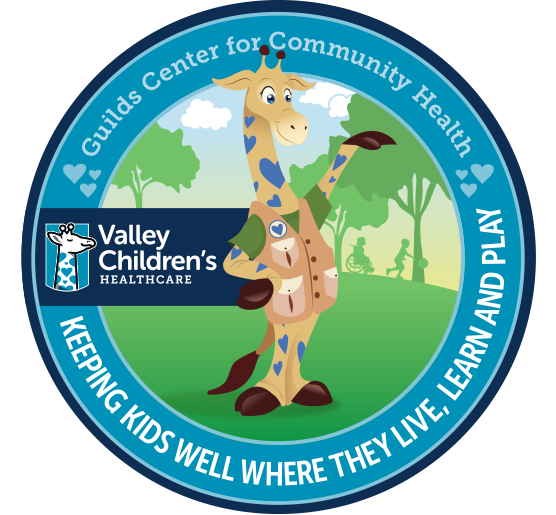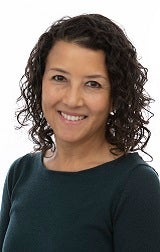Literacy, Health Literacy and the Long-Term Health of Our Children
July 10, 2023Categories: Parenting, General Information, Providers
 |
This article is brought to you by the Guilds Center for Community Health quarterly publication, State of our Children 360. To receive the newsletter, please visit the Center's website. |
Which of the following is the strongest predictor of overall health?
A. Age
B. Income
C. Employment status
D. Educational level
E. Race
F. Degree of health literacy
If you answered, “degree of health literacy”, you are correct. Globally, high health literacy rates have been linked to improved nutritional status and economic opportunity, while low literacy rates are tied to poorer health outcomes. For example, low health literacy among females is directly linked with higher rates of infant mortality. When it comes to our pediatric patients, the health literacy of their caregivers can have a direct impact on their health outcomes.
What is literacy?
Many people view literacy as someone’s ability to read and write. However, literacy is much more complex. Literacy consists of a set of reading, writing, basic mathematics and speech comprehension skills. Developing literacy skills helps us navigate the world around us and helps us communicate effectively. Building literacy has become increasingly more important given the fast-paced, ever-changing, information-rich, digital world we live in.
What is health literacy, and why is literacy so closely tied to health?
According to Healthy People 2030, health literacy is defined as, “The degree to which individuals have the capacity to obtain, process and understand basic health information and services needed to make appropriate health decisions.” Health literacy is important because each of us, at some point in our lives, will be faced with the need to access health services and understand information about our own health or that of our loved ones. Health literacy involves far more than reading and understanding the information provided about a specific illness. Health literacy requires reading nutrition labels to make sure the item is safe for someone with food allergies or on a special diet. It includes understanding symptoms and directions on how to prepare for an upcoming procedure. It involves calculating the correct dose of medication, understanding insurance paperwork and paying medical bills. Each of these can be a complicated task without basic literacy skills, not to mention, these skills are not explicitly taught in school.
It is estimated that nearly 9 out of 10 adults have limited health literacy. Risk factors for low health literacy include individuals with a lower educational level or socioeconomic status (SES), the elderly and non-native English speakers or individuals with low English proficiency. Despite what one might think, health literacy is not necessarily dictated by educational level or SES. Illness and stress can impact an individual’s ability to understand and remember health information, even when they have high literacy skills. As a result, individuals who are challenged by health literacy are more likely to make medication errors, have poorer communication and understanding of disease processes, leading to increased trouble managing their acute or chronic illness, and ultimately higher mortality.
The impact of lower health literacy does not stop at the individual level. A person with poorer overall health is more likely to have increased emergency room visits, hospital stays and readmissions. According to the Partnership for Clear Health Communication at the National Patient Safety Foundation, adults with low health literacy have hospital stays lasting an average of 2 days longer, 6% greater hospital visits and 4 times higher health care costs. These lead to higher demands on health care systems, as well as increased costs to government, employers, insurers and patients themselves.
What can be done to help improve health literacy?
For our pediatric patients and their families, there are things we can do to help address disparities in health literacy.
- Speak up. Doctors often use language that patients do not understand – consider the word “abrasion”, for example. Physicians can use straightforward, simple, everyday language such as “minor scrape” instead. So don’t be afraid to speak up to seek clarity.
- Ask questions when communicating with your doctor. They are there to help you, so don’t be afraid to ask even the simplest of questions if it helps you better understand. If needed, ask them to share graphics or pictures to help explain medical concepts and health information.
- Repeat what you are hearing and understanding. Saying something yourself can help with information processing, but this also gives your doctor the chance to make sure your understanding and interpretation of the matter is accurate. This also ensures everyone is on the same page.
Overall, improved literacy skills help us better understand the world around us, including the health information and services we are faced with throughout our lifetime. Consider these tips in any environment to keep up with the pace of the ever-changing world we live in today.
About the Author
Dr. Carmela Sosa-Unguez is a primary care physician and director of Valley Children's Guilds Center for Community Health. She has practiced pediatrics in both the urban and rural health settings, always focused on children with special healthcare needs and pediatric mental health. Since she joined the organization in 2012, Dr. Sosa-Unguez has held a variety of leadership roles where she works with community partners to improve the health of kids outside of the hospital walls. With her knowledge and expertise, she works to combat the social determinants that impact the overall well-being of kids throughout the Central Valley.
